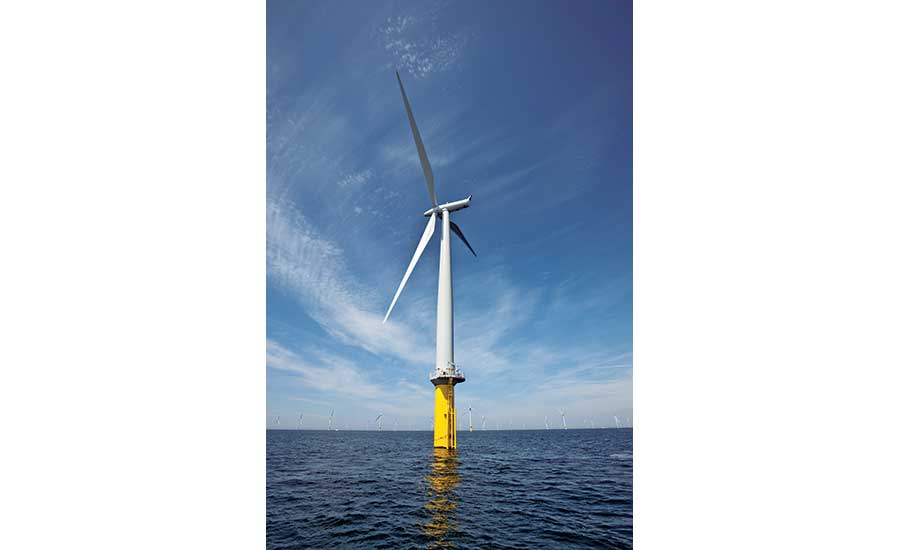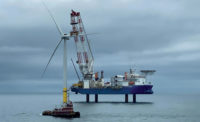Virginia lost millions in federal grants last year for its offshore 12-MW wind demonstration project when the U.S. Energy Dept. said the work was not sufficiently advanced. State officials hope a deal reached earlier this month with Danish offshore wind developer DONG Energy to build the two 6-MW turbines 27 miles off Virginia Beach will now propel the state into the developing Atlantic coast wind-power mix.
Under the partnership between DONG and Dominion Energy, Virginia’s largest utility, the turbines are expected to operate by 2020 and lead to developing 2,000 MW on 112,000 acres of ocean leased by Dominion from DOE.
The firms now are refining EPC agreements for the project, which would be the first owned by a utility. The DONG-Dominion agreement gives the Danish firm exclusive rights to form a strategic partnership with the utility to develop the commercial site if the test turbines are successfully deployed.
“While we have faced many technological challenges and even more doubters … we have been steadfast in our commitment,” Dominion CEO Thomas Farrell said.
Unlike utilities in other states, Dominion made a business decision to own the wind turbines, a spokesman says.
Three Massachusetts utilities in June sought proposals for 400 MW to be supplied by offshore wind developers with federal leases.
Maryland is providing subsidies to two developers for wind farms to supply 368 MW to state utilities for $2.1 billion.
In May 2016, Dominion lost up to $51 million in DOE funding for not meeting required milestones. The month before, it broke the EPC contract into four packages to reduce the cost to $300 million from nearly $400 million. The capped price with DONG also is $300 million, the spokesman says.
Much of the project’s previous work since 2014 under the DOE program is still applicable, he says.
Another DONG Energy project, Bay State Wind, a joint venture with New England utility Eversource, had its site assessment plan approved by DOE on July 19, the first offshore wind project in federal waters to gain the approval. The utility-scale project is planned 15 to 25 miles off Martha’s Vineyard.
With more offshore wind competiton, New York state utility Long Island Power Authority decided recently to reject a second wind farm off Long Island, a 210-MW project offered by Deepwater Wind under a 2015 solicitation, spokesman Sid Nathan confirmed.
LIPA received one response, but expects costs to drop now with scale and additional competition.
LIPA will work with New York state under its 2,400 MW goal to develop more wind generation, he says. Deepwater Wind has a power purchase agreement for a 90-MW facility off Montauk, set to start construction in 2019.





